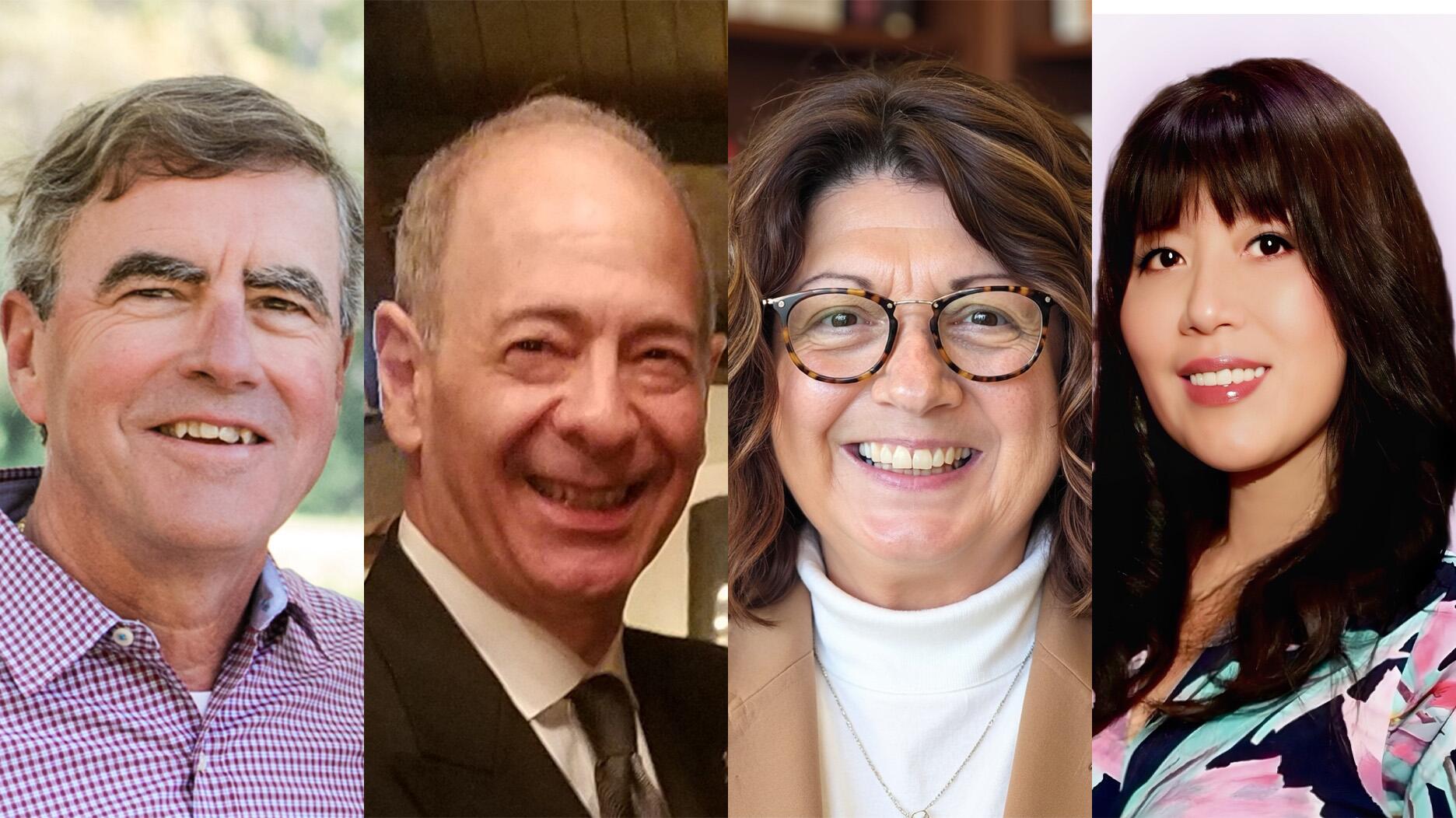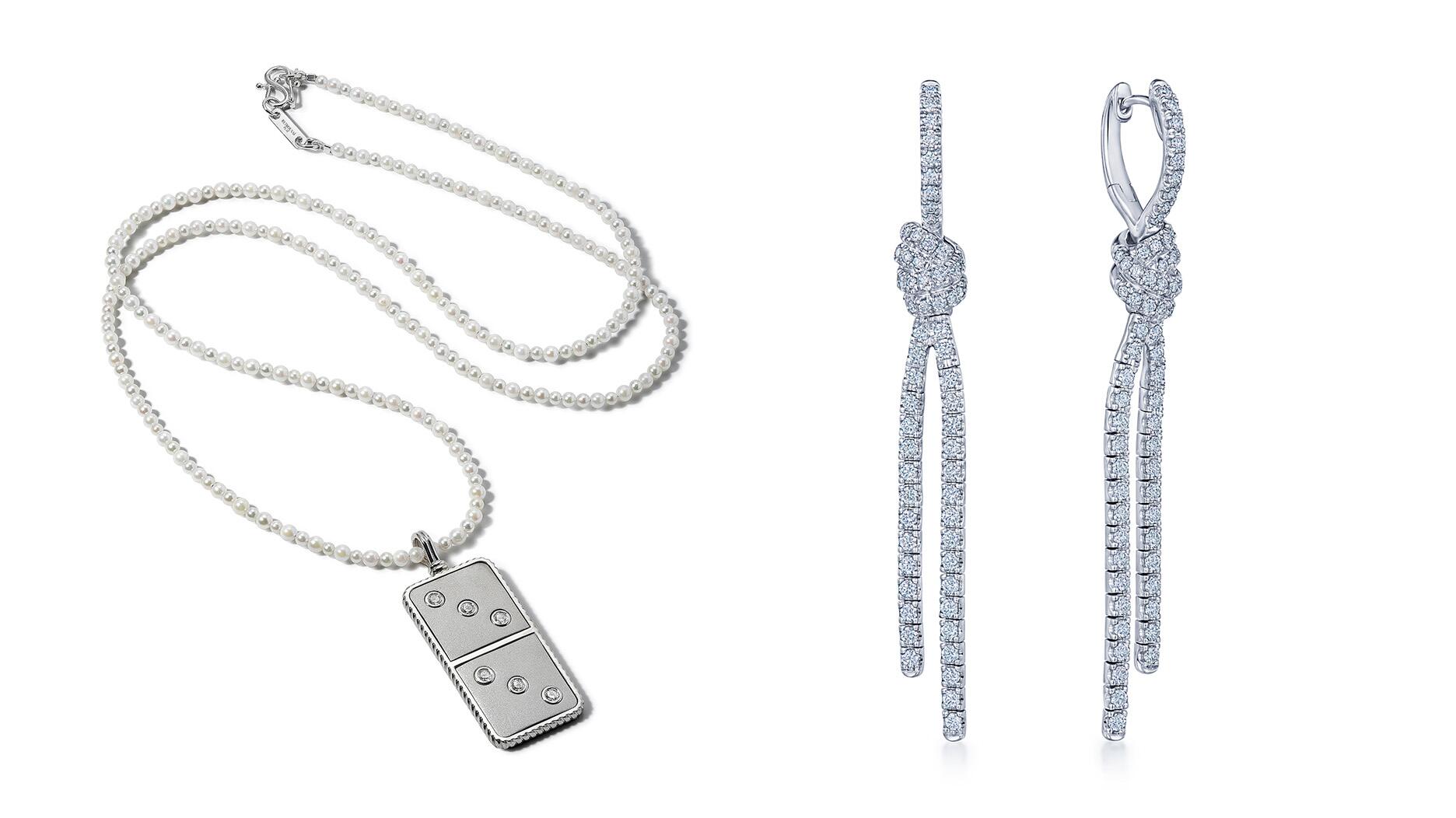After a Turbulent Year, Here’s Where the Gold Price Is Now
National Jeweler examines the average price of the metal in H1 and the U.S. market’s “considerable growth” in gold jewelry demand.

The precious metal started 2020 averaging $1,560.67 an ounce, according to Kitco, then rose until mid-March, when it fell to a low of $1,474.25 as governments worldwide began enacting stay-at-home orders because of COVID-19.
From there, the price of gold started climbing, rising every month until it passed the $2,000-per-ounce mark in August—its highest point in eight years.
It didn’t stay there long, dropping back down and finishing the year with a cumulative average of $1,769.64 an ounce.
This year hasn’t quite seen the peaks and dips experienced in 2020, but notable swings in 2021 include a high of $1,902.75 in June and a low of $1,683.95 in March, Kitco charts show.
According to Kitco, the gold price has averaged $1,803.57 per ounce so far this year.
The World Gold Council said the price of gold averaged $1,816.50 per ounce in the second quarter, only slightly higher than the first quarter and up 6 percent year-over-year.
Meanwhile, gold jewelry demand is working its way back up in some markets after being dealt a huge blow last year during the COVID-19 pandemic, WGC’s latest “Gold Demand Trends” report shows.
Global gold jewelry demand in Q2 was 60 percent higher year-over-year at 390.7 tons, but that’s compared with Q2 2020, when demand was “slashed” by the pandemic.
WGC noted the strong second quarter in 2021 was bolstered by global economic recovery and improving consumer sentiment.
While gold jewelry demand is improving, it still has a way to go before it reaches pre-pandemic levels, WGC added.
When compared with 2019, demand remains “significantly weaker”—second quarter demand is 26 percent lower than Q2 2019, and H1 demand is down 18 percent.
H1 demand of 873.7 tons was 17 percent lower than its 2015-2019 average in the six-month period, WGC reported.
On a positive note, the United States was one of the markets generating “considerable growth” in gold jewelry demand so far in 2021, proving to be more resilient this year.
The market’s gold jewelry demand in Q2 was $22.8 billion, taking H1 total spending to $50.7 billion, which is 18 percent higher than the 2015-2019 H1 average and the highest H1 total since 2014.
(WGC noted that continued travel restrictions and varying degrees of market lockdowns across the globe continue to disrupt data collection, so some markets “may be more susceptible than usual to future revisions once normal fieldwork can resume.”)
The WGC attributed Q2 demand for gold jewelry in the U.S. to the same factors that supported the market in Q1—improved consumer sentiment due to the vaccination program, federal income support measures, and economic growth.
U.S. consumers also remain somewhat limited in their ability to travel, thereby diverting disposable incomes to other areas, including gold jewelry.
China also has experienced strong demand for gold jewelry so far this year, with gold jewelry demand in the first half of the year the highest it’s been since 2015.
H1 jewelry demand was 338 tons, a 122 percent increase year-over-year and 6 percent increase over H1 2019, amid a strengthening Chinese economy and increasing disposable incomes.
Meanwhile, struggles in the Indian market—a huge player when it comes to gold jewelry—greatly impacted the overall numbers.
India was one of the hardest hit markets in 2020 and experienced a devastating second wave of COVID-19 in Q2 2021.
After starting the second quarter on a strong note, demand weakened toward the end of April before coming to a near-standstill in May, WGC said, as the second wave swept across India and resulted in regional lockdowns and fears of economic shutdown.
H1 gold jewelry demand in India totaled 157.6 tons, which is 46 percent below H1 2019 and 39 percent lower than the H1 average from 2015-2019.
WGC said it is optimistic about the rest of the year for the Chinese market but noted the outlook for the remainder of 2021 in India was “mixed,” especially with the possible threat of a third wave of COVID-19 and more lockdowns.
For the overall gold jewelry market, WGC said demand could be in the range of 1,600-1,800 tons for the year, which would be well above 2020 levels but below the five-year average.
It added that while another variant-driven COVID-19 wave would create challenges for the sector, it still believes that “a repeat of last year’s low jewelry demand levels [is] highly unlikely.”
The Latest

The man was charged with theft, accused of ingesting the necklace while in a jewelry store in Auckland, New Zealand.

The Florida independent expanded its store from 8,000 to 14,000 square feet, fulfilling the vision of its late co-founder, Jim Dunn.
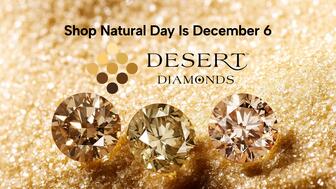
Sponsored by De Beers Group

How Jewelers of America’s 20 Under 40 are leading to ensure a brighter future for the jewelry industry.
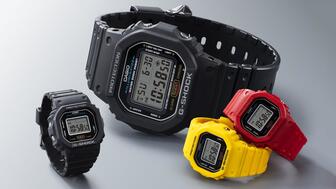
The classic 5600 series G-Shock has been scaled down to about a tenth of its size, becoming a fully functioning watch ring.

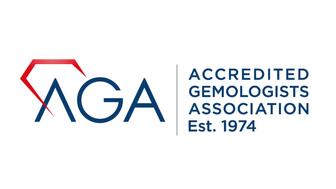
The association’s annual conference and gala will take place Feb. 4, 2026, during the Tucson gem shows.
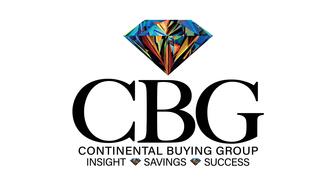
The January show will include a workshop for jewelry retailers on implementing AI to strengthen their businesses.

Roseco’s 704-page catalog showcases new lab-grown diamonds, findings, tools & more—available in print or interactive digital editions.
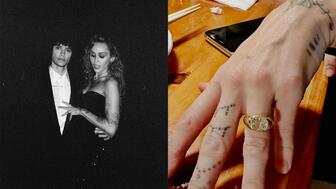
Fellow musician Maxx Morando proposed to the star with a chunky, cushion-cut diamond ring designed by Jacquie Aiche.
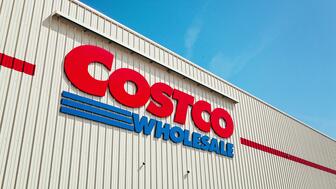
The retailer, which sells billions in fine jewelry and watches, is suing the Trump administration and U.S. Customs and Border Patrol.
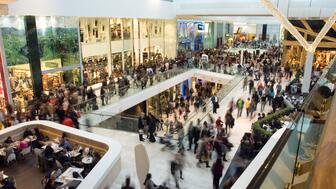
Black Friday is still the most popular shopping day over the five-day holiday weekend, as per the National Retail Federation’s survey.
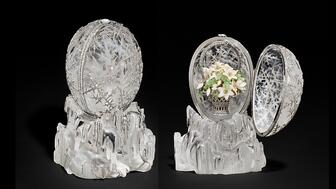
The historic egg, crafted for Russia's ruling family prior to the revolution, was the star of Christie’s recent auction of works by Fabergé.
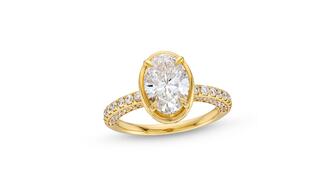
The retailer offered more fashion jewelry priced under $1,000, including lab-grown diamond and men’s jewelry.
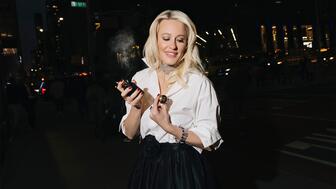
The eau de parfum is held in a fluted glass bottle that mirrors the decor of the brand’s atelier, and its cap is a nod to its “Sloan” ring.

Vivek Gadodia and Juan Kemp, who’ve been serving as interim co-CEOs since February, will continue to lead the diamond mining company.
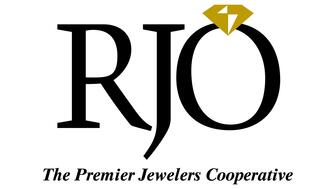
Witt’s Jewelry in Wayne, Nebraska, is the organization’s new milestone member.

Laurs is the editor-in-chief of Gem-A’s The Journal of Gemmology and an expert on the formation of colored gemstone deposits.
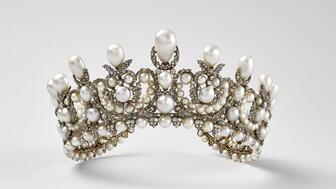
The man, who has a criminal history, is suspected of being the fourth member of the four-man crew that carried out the heist.
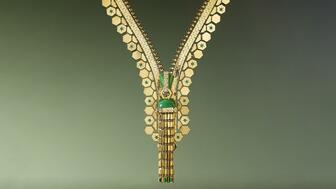
The single-owner collection includes one of the largest offerings of Verdura jewels ever to appear at auction, said Christie’s.
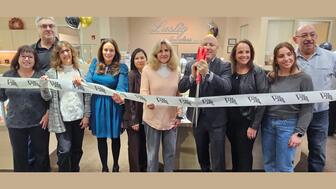
Michael Helfer has taken the reins, bringing together two historic Chicago jewelry names.
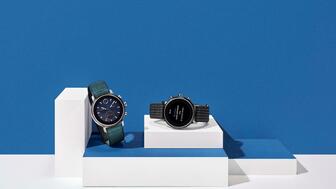
During its Q3 call, CEO Efraim Grinberg discussed the deal to lower tariffs on Swiss-made watches, watch market trends, and more.
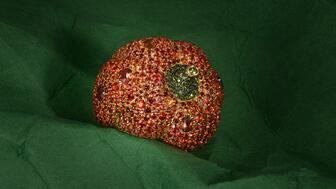
Rosior’s high jewelry cocktail ring with orange sapphires and green diamonds is the perfect Thanksgiving accessory.

The “Embrace Your True Colors” campaign features jewels with a vibrant color palette and poetry by Grammy-nominated artist Aja Monet.
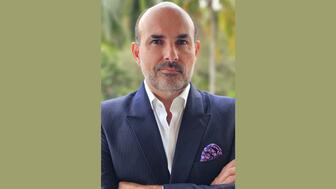
Luxury veteran Alejandro Cuellar has stepped into the role at the Italian fine jewelry brand.

The company gave awards to four students at the Namibia University of Science & Technology, including one who is a Grandview Klein employee.

She is remembered as an artist who loved her craft and was devoted to her faith, her friends, and her family.

It joins the company’s other manufacturing facilities globally, including in India, Botswana, and Namibia.













